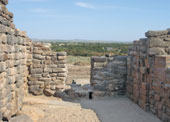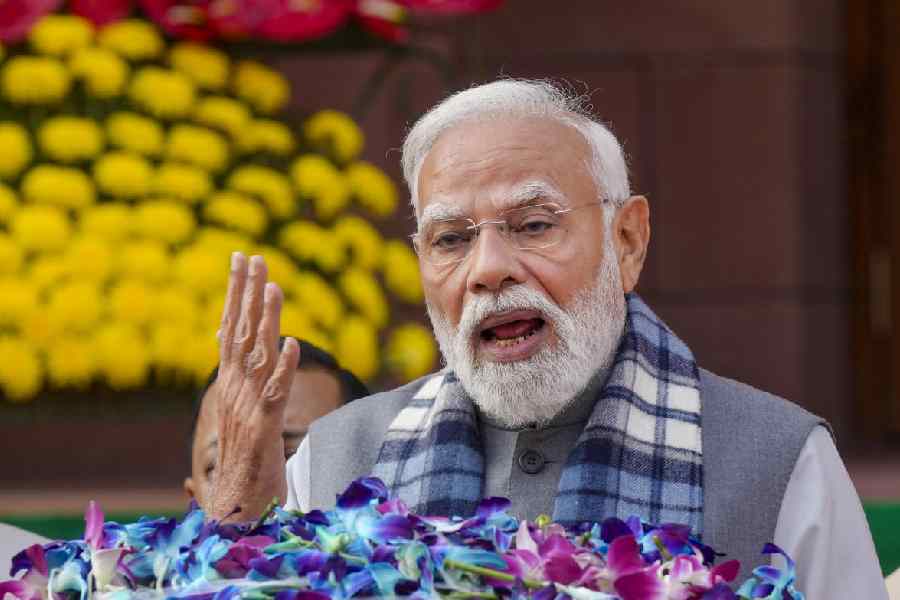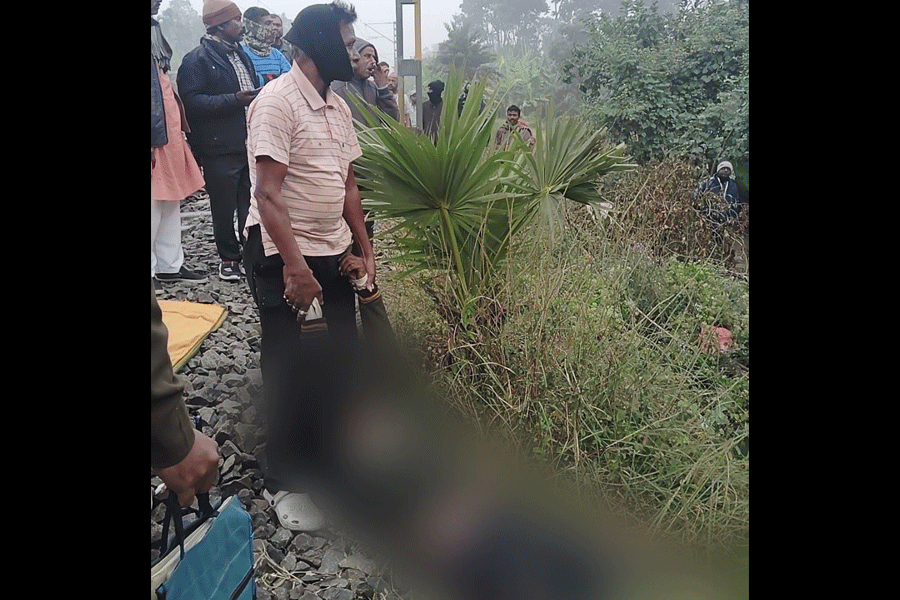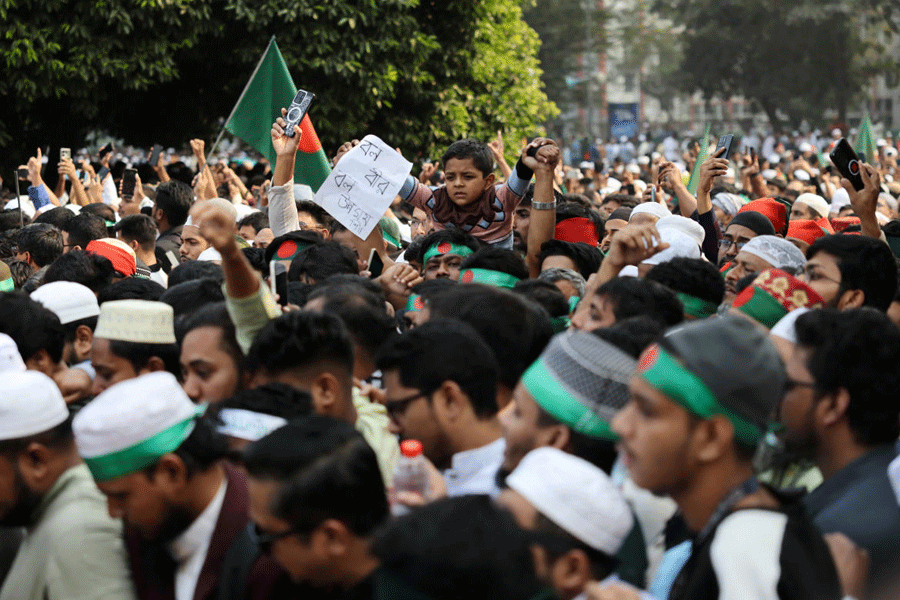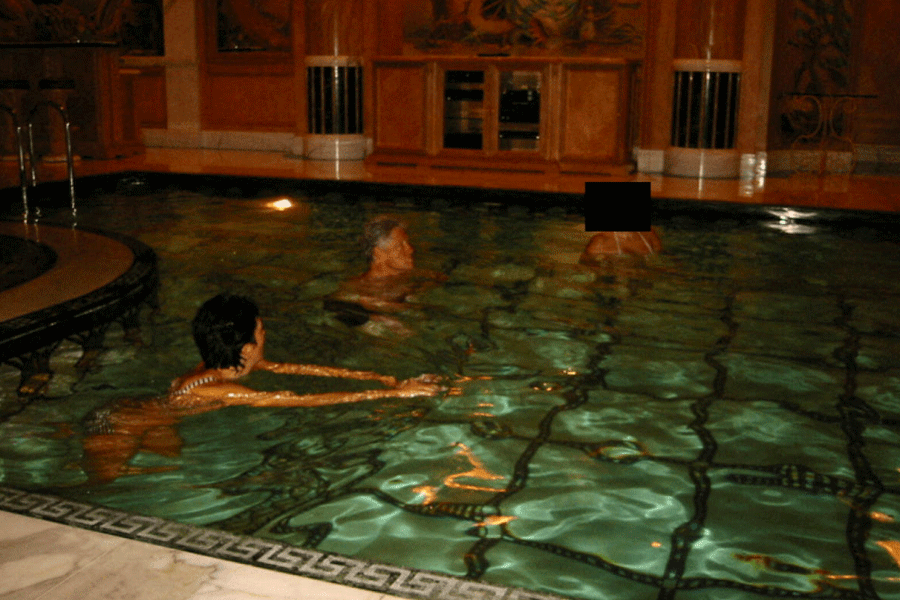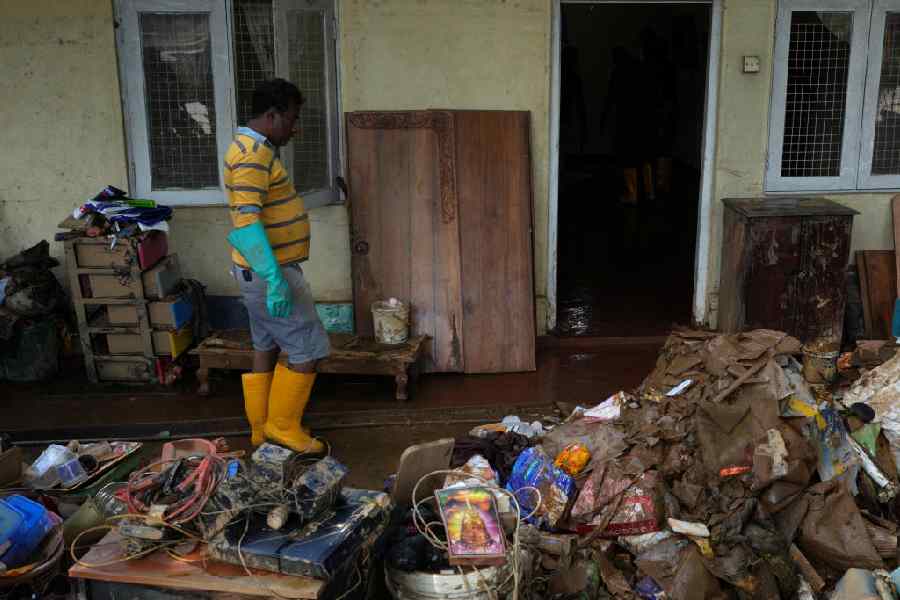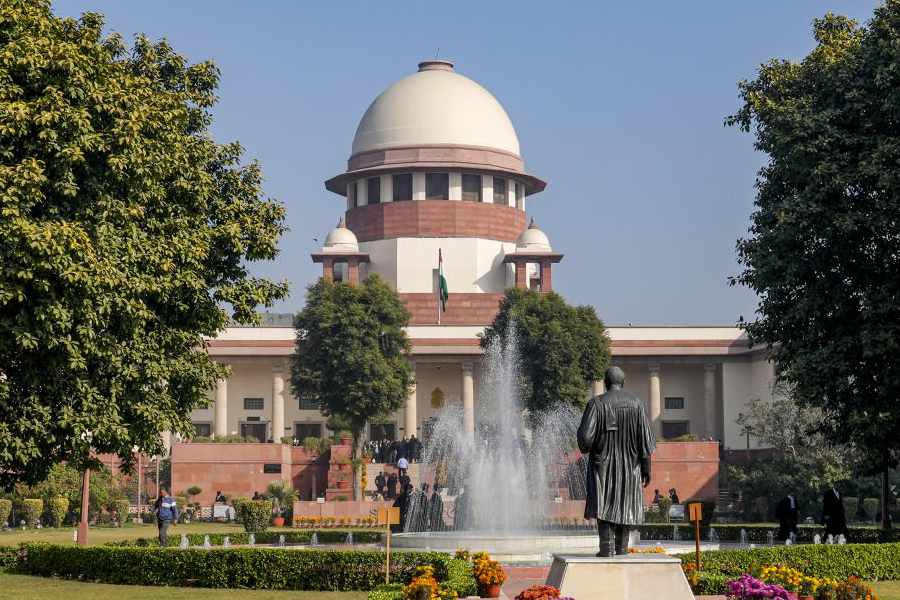 |
 |
 |
 |
 |
| (From top): The ruins of the Dholavira stone walls; a remarkably well-preserved ancient water reservoir; the Citadel; the museum; remnants of a stone pillar base in the Citadel |
I’m not a great history buff but as I stood gazing at Dholavira I could feel the goosebumps rising on my skin. All around me were the ruins of the 5,000-year-old city that has been patiently excavated over the years. Looking around me I tried to imagine a living city in those far gone days.
We had stayed overnight in Bhuj, and accompanied by a young archaeology student from Vadodara and a German friend, drove soon after breakfast to see the Harappan-era city, Dholavira. The four hour drive from Bhuj across the shimmering Rann of Kutch is a fascinating experience.
The barren and glittering salt marshes had an almost snow-like look. The lack of any life form was eerie — though as if to make up, we suddenly burst into a large flock of flamingoes watching our four wheeler zip along the road.
When we finally reached Dholavira just before noon, it was to find a slumbering city with absolutely no one in sight. Not a car, not a human. The museum as well as the dug up city beyond lay in absolute stillness, undisturbed even by birdsong.
Discovered about 10 years ago, Dholavira has been completely excavated. The team of archaeologists has long since shifted base to Jaidak and other sites in Gujarat, in search of more clues to solve the mysteries of the world’s third oldest civilisation.
As the driver went to fetch the caretaker, the archaeology student filled us in on Dholavira’s past. Historians now believe that the ancient Harappan civilisation stretched from Baluchistan in the West all the way to Punjab. When the Archaeological Survey of India (ASI) began digging around Dholavira in 1997, they were amazed to find an exquisitely planned city.
By now the caretaker had been found and he greeted us warmly. Even as he led us to the site, which is on a raised hillock beyond the museum, he suggested that the evening light was better for viewing the ancient city. Also, visitors often looked at the museum first to get an idea before moving to the site. But we were too impatient to follow his advice.
We climbed atop the hillock to get our first glimpse of the ancient city. A labyrinth of stone walls with passageways met our eyes. The excavated city of Dholavira roughly covers one square kilometre.
According to the signposts planted by ASI here, it was one of the largest cities in the Harappan civilisation — probably even larger than Mohenjodaro in Pakistan. In its heyday, the city spread over almost 50 hectares. Guarded by massive stone walls, a series of water tanks is the most remarkable feature of the city, which has been divided into three parts — the Citadel, the Middle Town and the Lower Town.
Our first stop was the Citadel, which has imposing walls around it. The most noticeable feature as you enter is the remnants of the stone pillars, their circular bases very much intact. So beautifully cut are these pillar bases that it is hard to imagine that they had no machines in those days.
Standing on the stone walls of the Citadel, we realised the best way to enjoy Dholavira is to let your imagination run wild. Try and imagine a bustling industrious city with a thriving bead-making factory. Yes, the amazing finds here suggest that the Dholavirans were very good artisans specialising in jewellery crafted out ofbeads, terracotta and camel bone. These, along with the grain and other farm goods, must have been shipped from here to Mesopotamia.
In those days, Dholavira was set right on the Arabian Sea, on a bet (or island)
— which is probably today’s Khadir, a raised plateau. So, one must imagine camels carrying goods that were loaded on to ships and heading off towards Persia.
Strangely eno-ugh while there is evidence suggesting goods from Harappa went to Mesopotamia there are no clues as to what came from there. As we wandered into the area in the Citadel that the caretaker described to us as the marketplace, we could just imagine artisans sitting here selling their wares.
The other remarkable thing is the drainage system running from the entrance to all the areas. The caretaker pointed out the ingenious water harvesting system where the rainwater sloped off the walls of the fort, roofs of the houses on to a network of channels that led to the reservoir. Clearly, the Harappans knew a lot about managing water in the dry and arid Kutch region — lessons that the present generation could do with.
We moved towards the giant water reservoir, which is also remarkably well preserved —
the brick steps leading down into the tank are intact, probably cemented further by soil deposits over the centuries. In all, sixteen reservoirs of various sizes have been unearthed.
We pottered around for a good two to three hours at the site exploring the arena, and the
passageways until our rumbling stomachs reminded us about lunch. The caretaker very pessimistically pointed us in the way of the Toran resort complex a kilometre away.
The Toran complex is run by the Gujarat Tourism and we were enchanted by the circular huts here. Strangely enough it was again empty save for two caretakers who told us the only thing they could rustle up for us was poha. But the huts with their quaint concrete beds certainly looked like a nice place to stay.
 |
After lunch, we headed towards the museum where we learnt a great deal about the ancient Indus Valley civilisation. More than 50 sites have been excavated in Gujarat pointing to the fact that it was a civilisation that covered a vast area. Theartifacts — seals with animal motifs and jewellery were absolutely fascinating. Like a jigsaw puzzle, the archaeologists have pieced together pots — a trademark of the Harappan era.
We were told that we could get replicas of Harappan jewellery in the neighbouring area where the bead-makers still make necklaces of carnelian and other beads strung on copper wires.
As we came out and saw the huge heaps of broken pottery remains and ancient stones just strewn around, my German friend exclaimed at the wasted opportunity. She described how every little piece of the Berlin Wall was marketed and sold as souvenirs and here we had 5,000 year old pieces lying neglected in the sun with no takers.
Factfile
How to get there: The nearest airport is Bhuj, (around 180km away from Dholavira) and
has regular flights from Mumbai. Visitors from Delhi can fly to Ahmedabad and drive up (eight hours by road)
Nearest railhead: Samakhyali (160km) on the Palanpur-Gandhidham line.
Places to stay: The Toran resort is 1km away from Dholavira. Built by the Gujarat Tourism Department to house international visitors on earthquake rehabilitation projects in Bhuj, it is plagued by erratic power. The other option is to stay at Bhuj which has three or four good hotels.
The best time to visit is November to March.
Recommended visit: A trip to Lothal, excavated in the 1950s is also worth visiting to get a better understanding of the ancient civilisation.
Photographs by the author

